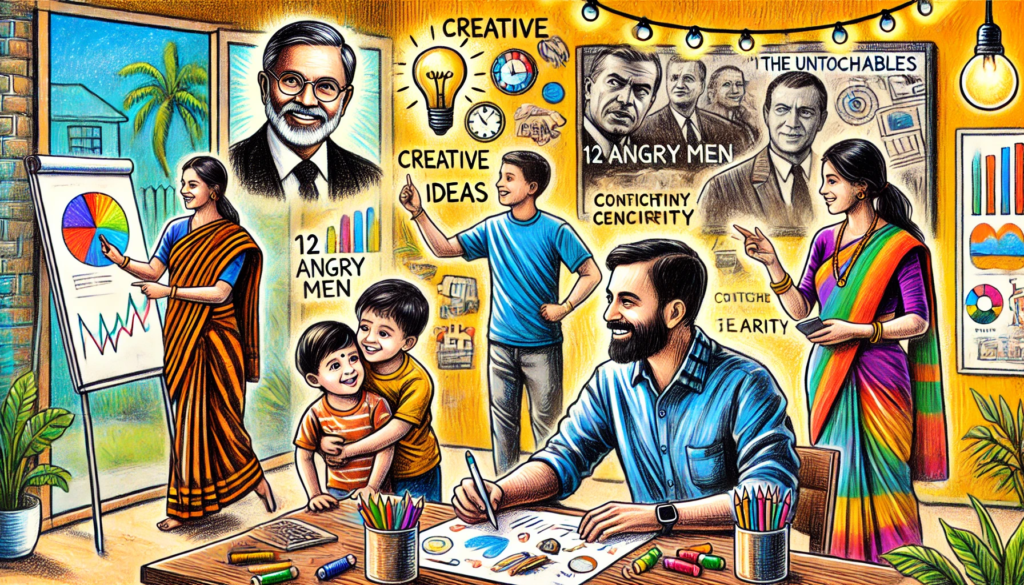
In the world of business, the ability to effectively pitch an idea is a crucial skill. It’s the bridge that connects inspiration to action, turning fleeting thoughts into tangible strategies and solutions. This article explores the art of pitching, drawing lessons from three diverse sources: my father, tech entrepreneur Jack Dorsey, and my book, “Directing Business”.
The Wisdom of My Father
Growing up, my father often shared his ideas for stories, treatments, and dialogues with us at home. He sought our feedback, refining his ideas based on our responses. This process of externalizing ideas and inviting feedback is a powerful tool for refining and improving concepts. It’s a practice that can be applied to various business disciplines, from sales and marketing to finance and operations.
Jack Dorsey’s Approach to Idea Generation and Execution
Jack Dorsey, the tech entrepreneur and former CEO of Twitter, emphasizes the critical transition from inspiration to action. He champions the creation of momentum by giving life to ideas beyond our minds. This process, he argues, not only brings clarity but also unlocks the potential for valuable feedback. He stresses the power of externalization – translating those fleeting thoughts into tangible forms through writing, sketching, or code. Sharing these externalized ideas exposes them to the scrutiny and insights of others, paving the way for refinement or, potentially, a graceful retirement to the “idea shelf” for a more opportune moment.
Lessons from “Directing Business”
In my book, “Directing Business”, I discuss the importance of a well-crafted business pitch. In the chapter titled “It All Begins with a Pitch”, I highlight how a pitch is not just about selling an idea but about rallying others around a shared vision. It starts with a personal conviction, refined by the realities of the world. Even when faced with obstacles, a good pitch can galvanize action and inspire a team towards a common goal.
Drawing from the movies ’12 Angry Men’ and ‘The Untouchables’, I illustrate how a pitch is more than just a statement of intent; it’s a call to action that requires conviction, clarity, and the ability to inspire and persuade. In ‘The Untouchables’, Eliot Ness’s simple yet powerful pitch, “I have sworn to capture this man with all legal powers at my disposal and I will do so”, is a testament to the power of conviction and clarity in a pitch. It not only convinces Malone to join his cause but also sets the tone for their relentless pursuit of Al Capone.
Conclusion
The act of externalizing ideas and sharing them for feedback is an essential step towards refining them and taking action. This principle is as applicable in business disciplines like sales, marketing, finance, and operations as it is in the art of crafting a compelling pitch. The power of a well-crafted pitch lies not just in its ability to sell an idea, but also in its capacity to rally others around a shared vision and galvanize them into action. This process requires conviction, clarity, and the art of persuasion. It is the key to transforming fleeting thoughts into tangible strategies and solutions that drive success.
Related links:


